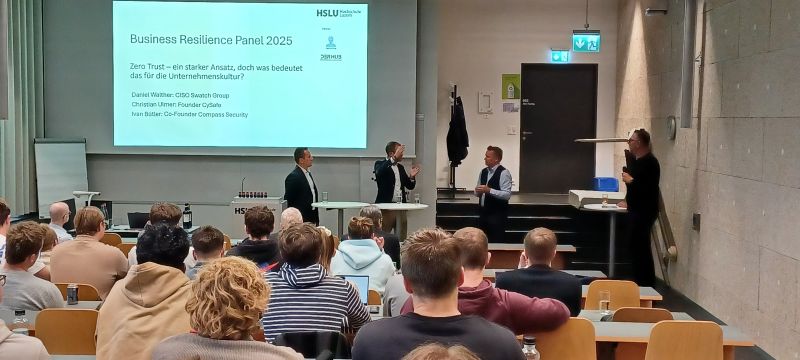Zero Trust

Zero Trust is a security model based on the principle "Never trust, always verify." Every access request, whether internal or external, must be authenticated, authorized, and continuously validated.
The Zero Trust concept originated from the realization that traditional perimeter-based security (firewalls, VPNs) was no longer sufficient in a world of mobile users, cloud services, and insider threats.
The term was popularized by John Kindervag, a Forrester Research analyst, in 2010. He proposed that trust should not be automatically granted based on network location (e.g., inside the firewall). Instead, every access request must be verified, regardless of source.
Key influences:
- Advanced persistent threats (APTs)
- Insider attacks
- Cloud adoption
- Mobile and remote work
Zero Trust shifts the focus from "trusting the internal network" to "trust no one by default."

